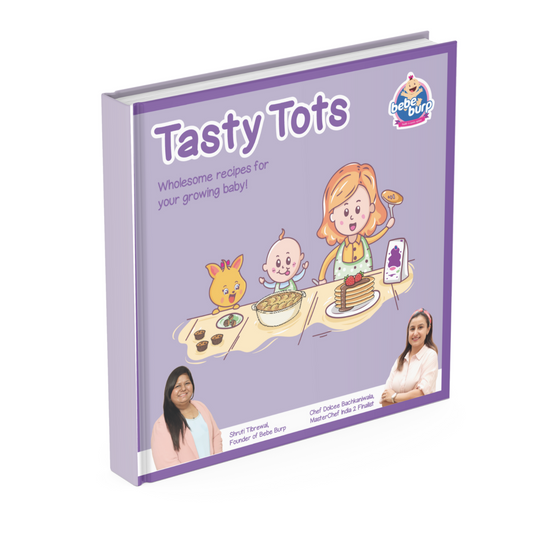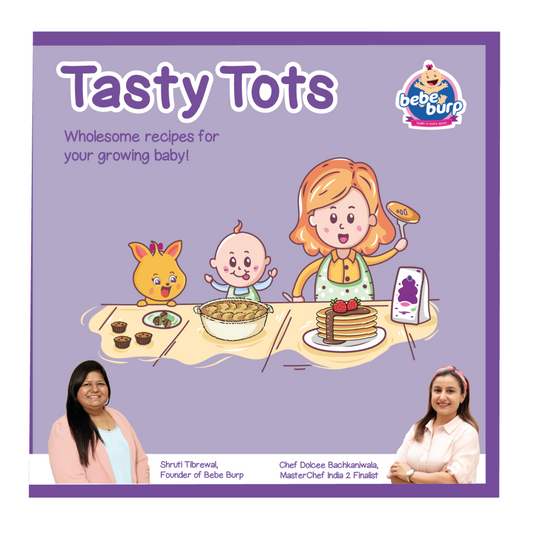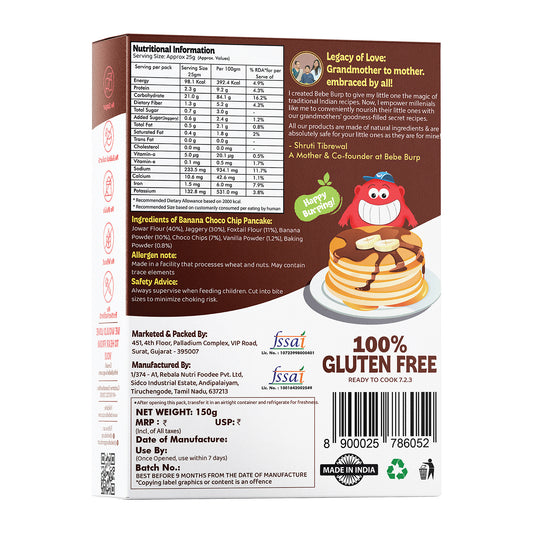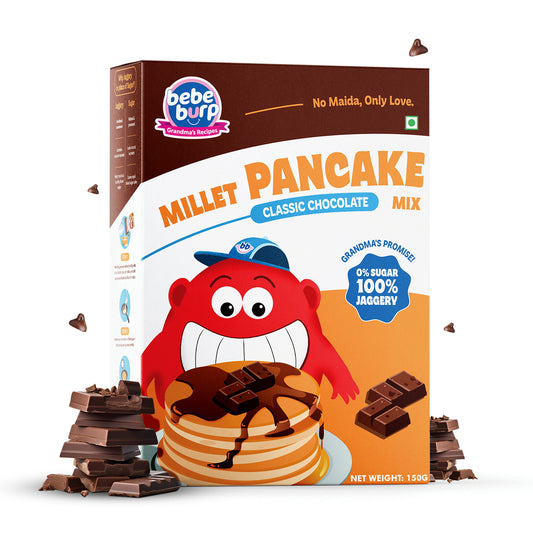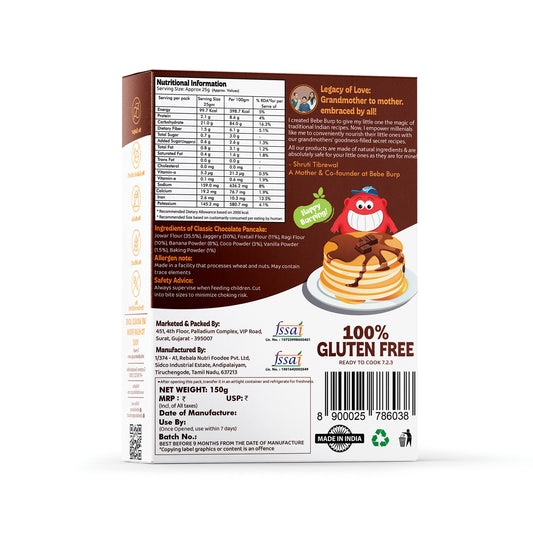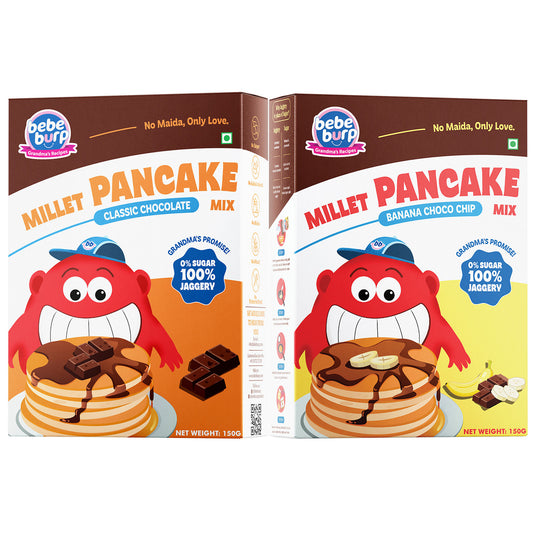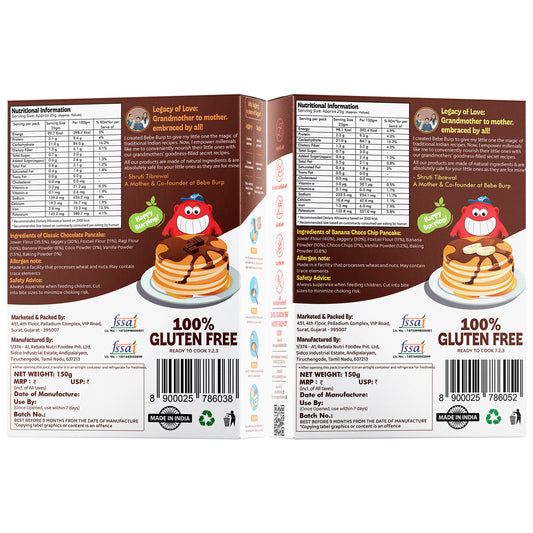As summer arrives, this meal of fresh, colorful vegetables from your backyard garden (or local farmers market) is the best way to give your little one healthy and tasty homemade baby food.
Not only are seasonal vegetables affordable, but they also come with vitamins, nutrients, and flavors that support your baby’s growth stages.
This post will share why homemade baby food is so good, the tools you need, and a variety of simple and advanced recipes using summer veggies.
We’ll also provide meal planning and self-feeding tips to make mealtimes enjoyable and stress-free for both of you.
Why Homemade Baby Food with Summer Vegetables Benefits Your Baby

Fresh homemade baby food is a better choice than storing, and your baby will enjoy it even more with all these good things.
Best Time for Nutrients: Summer’s Best Vegetables: The most nutritious time of the year, like zucchinis, spinach, carrots, and bell peppers in summer!
These veggies have lots of good things for you, like vitamins (A, C, K), minerals (iron, calcium), and antioxidants to help build a stronger immune system naturally.
No Extra Stuff: Store-bought baby food probably doesn’t use natural, whole foods — but when you make it yourself, you can get rid of (and also get rid of) additives and preservatives!
Saves Money: You can buy veggies in season a lot at once (sometimes even cheaper than store-bought baby food jars). Plus, extra food can be kept in the freezer for future meals, too!
Many Tastes: Let your baby try lots of different tastes early on. This helps their taste buds and stops picky eating later. Important!
Essential Tools and Storage Tips for Summer Baby Food Preparation

Get these things before you start cooking to make the process less messy:
- Knife: Blend the vegetables to the thickness you want.
- Steam Basket: Makes veggies soft without losing their nutrients.
- Ice Cube Molds: A simple way to freeze purees in small portions.
- Sealed Containers: Used to prepare and store baby food in the fridge or freezer.
- Soft Mesh Feeder: Helps older babies eat finger foods or chunky textures.
Storage Tips
- Freezing: Label ice cube molds/silicone molds with the date and type of puree.
- Refrigeration: Keep prepared baby food in easy-scoop containers for 2 days.
- Portion Control: Freeze in single portions to avoid wasting food if the baby doesn’t eat it all.
Beginner-Friendly Summer Vegetable Purees (6-8 Months)

For babies just starting solids, smooth purees are ideal. Here are two simple recipes:
1) Zucchini Puree with Pear
Ingredients:
- 1 large zucchini (peeled and cut into pieces)
- 1 fully ripe pear (peeled and remove the core)
- 2 tablespoons water or formula milk
Instructions:
- Steam the zucchini and pear until soft (10-15 minutes)
- Blend with water or formula milk until even.
- Serve it slightly heated or freeze for later!
Zucchini: vitamin A Pears: Natural sugar and fiber
2) Carrot + Apple Puree
Ingredients:
- 2 medium carrots (peeled and cut into small pieces)
- 1 small apple (peeled and the core)
- 1 tablespoon water
Instructions:
- Steam carrots and apples until they are soft.
- Blend, adding water if needed until even.
- Put extra food into ice cube molds and freeze.
Because Carrots have lots of vitamin A, and apples add sweetness.
Advanced Summer Vegetable Baby Food Recipes (8+ Months)

As your baby grows, you can introduce more texture and complexity:
1. Spinach and Sweet Potato Mash
Ingredients:
- 1 cup fresh spinach (washed and chopped)
- 1 medium sweet potato (peeled and cubed)
- 1 tablespoon olive oil
Instructions:
- Steam spinach and sweet potato until tender.
- Mash with a fork or blend until slightly lumpy.
- Milligrams of healthy fats from drizzles of olive oil.
Benefits of Nutrition: Spinach has iron and vitamin A, while sweet potatoes are rich in calcium
2. Roasted Bell Pepper and Chickpea Mash
Ingredients:
- 1 red bell pepper (roasted/dried and skin)
- ½ cup cooked chickpeas
- 1 teaspoon olive oil
Instructions:
- Roast the bell pepper till it is charred, then remove skin.
- Chickpeas: Mash with a fork and combine with roasted pepper.
- Add olive oil and serve.
Why It’s Great: Bell peppers provide vitamin C, and chickpeas add protein and fiber.
Summer Vegetable Finger Foods and Self-Feeding Ideas
Try these finger foods for self-feeding (8+months) babies:
- Steamed Carrot Sticks: Cut carrots into shapes that are easy to hold and chew.
- Avocado Slices: Packed with healthy fats and easy for little hands.
- Roasted Zucchini Sticks: Mix with olive oil and bake until cooked.
- Round Cucumber Slices: Cut cucumbers into circles and take a picture.
Important Safety: Cut all the food to smaller bites so that choking will not happen.
Creative Vegetable Combinations and Weekly Meal Planning
Mix and match these combinations to keep meals exciting:
- Monday: Zucchini + Pea Puree
- Wednesday: Sweet Potato + Spinach Mash
- Friday: Carrot + Apple Puree
- Sunday: Bell Pepper + Chickpea Mash
Sample Weekly Meal Plan
|
Day |
Meal |
|
Monday |
Zucchini and Pea Puree |
|
Tuesday |
Roasted Butternut Squash |
|
Wednesday |
Sweet Potato and Spinach Mash |
|
Thursday |
Carrot and Apple Puree |
|
Friday |
Bell Pepper and Chickpea Mash |
|
Saturday |
Avocado and Banana Mash |
|
Sunday |
Mixed Veggie Medley (steamed) |
Conclusion
Fresh summer veggies made at home for baby food — saves money and is healthy for your little one.
Using fresh fruits and veggies and the kitchen tools you have, you can make lots of different purees, mashes, and finger foods.
This helps your baby get used to eating solids and try many flavors. Keep leftovers the right way and always follow food safety rules.
FAQs
Q1: Can I use frozen summer vegetables for baby food?
Ans: Yes! Freezing helps keep the nutrients in the veggies fresh, which is a win-win. Thaw and blend if needed.
Q2: How long can I store homemade baby food?
Ans: Keep in the fridge for 2 days, freeze for up to 3 months. Always check if it’s spoiled before serving.
Q3: What if my baby refuses a new vegetable?
Ans: It can take 10–15 exposures for a baby to accept a new food. Keep offering it alongside familiar favorites.
4) Are there vegetables that are good for babies, and which ones should I avoid?
Ans: Don’t give spinach and beets (they have something called nitrates) until after 6 months, and don’t give foods that might cause nut allergies until you talk to your baby’s doctor.
Q5: Can I add some spices to the baby food?
Ans: Yes (after 8 months, you can try mild spices like cinnamon or nut flavors) Avoid too much salt and sugar.



